So far, the PlayStation 4 and Xbox One have been selling well, which is keeping hope alive that this latest console generation will be as successful as the last one. Many like to point to previous console cycles as evidence that this cycle will look the same for hardware and software sales. Microsoft and Sony have publicly stated that they are looking for these consoles to sell strongly for as much as seven years or even more. Is that realistic
The counter argument is that this new console generation faces an unprecedented challenge. Mobile hardware, while only now reaching the performance level of the last generation of consoles, has been at least doubling in graphics power ever year. With the next-gen consoles being roughly 6-8x as powerful as the last generation of consoles, that means mobile devices could be reaching equivalent power levels in three or four years. If next-gen consoles remain static in graphics power, this could be a serious threat — especially as we’re already seeing mobile hardware, with its low cost and high performance, being built into set-top boxes explicitly being designed as consoles. Does this mean next-gen consoles are doomed to a short product lifetime
Not necessarily. Yes, it’s true mobile hardware will continue to advance rapidly, and the massive volumes and bitter competition of the mobile business (an order of magnitude larger than consoles) will keep advances coming regularly at low cost. Meanwhile, PC graphics continue to improve every year, and next-gen consoles are already only comparable to a mid-range gaming PC. Still, there are things that console makers can do to improve the situation — and that shows a possible way for Microsoft to recapture the lead in console sales from Sony.
First of all, let’s acknowledge that games are already improving on next-gen consoles as developers get more familiar with the platforms. And that system software changes can lead to improvements, as Microsoft’s DX12 is supposed to do (boosting graphics performance by a noticeable amount). Even hardware improvements are already happening; one of the new Xbox One bundles features a 1 TB hard drive instead of 500 GB. Microsoft has also released the approximately 10 percent of system resources dedicated to Kinect, so developers now have that extra horsepower available. We may also see improvements to games through cloud-powered processing, where (for instance) sophisticated AI might be offload to the cloud for processing in a seamless fashion.
There’s plenty of room for improvement beyond tweaks to system software, though. One major difference with the next-gen consoles is that they are based on standard PC architecture from AMD. Thus, creating a faster CPU or GPU would be less of an effort than it would be for the previous custom architecture of consoles. Typically, process efficiencies alone (moving to smaller die sizes) usually saves console makers money over the course of the console’s lifetime; instead of saving that money, a more efficient part could be used. Imagine, if you will, an Xbox One or PS4 with a CPU and GPU that is twice as fast (or more) for the same price.
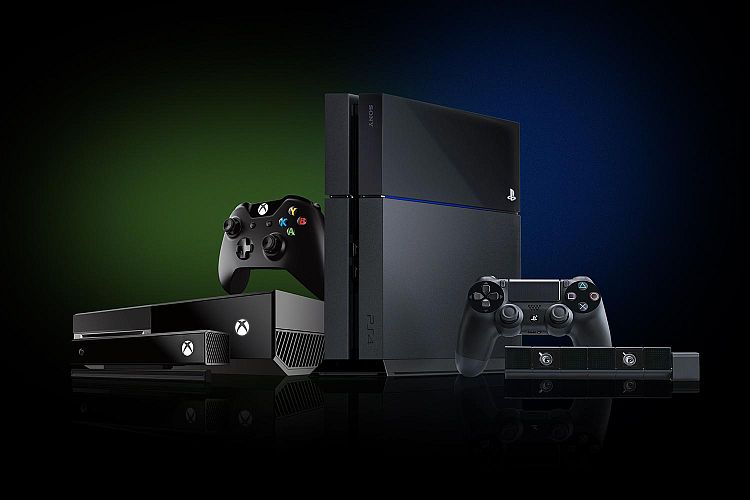
The difficulty with creating an improved console is the installed base. Those 10 million PS4 owners already out there (and the next ten million that would buy it) would be annoyed if one fine day Sony started shipping PS4’s that had much greater performance. Moreover, software that had already shipped might not be compatible with the new PS4, or able to take advantage of the added horsepower. The same is true for Microsoft and the Xbox One, even though the installed base is less than 10 million.
In the console market of the past, dealing with that installed base was an insurmountable problem. You couldn’t possibly push out updates to everything, not given how difficult and expensive it was to get updates approved and sent. Now, though, developers should be able to easily update games for any reason, and getting a performance boost would certainly be a good reason. So older games could work better for buyers of a new improved console, with some minor help from the publishers.
The more difficult question is what to do about current console owners who want the extra horsepower now available. Here’s a modest proposal — why not turn to a retailer with extensive experience in taking in old hardware and providing new hardware GameStop would be happy to serve in that role with the proper structure. Perhaps Xbox One owners could turn in their old Xbox One and for $100 get a new one with the added power. If Microsoft really wanted to sweeten the deal and improve the percentage of people upgrading, offer $100 of games for free with that upgrade.
In fact, this method could be used to completely turn around Microsoft’s current fortunes in the console market. Microsoft let Sony take the lead for two primary reasons: The Xbox One was $100 more expensive than the PS4 (gamers did not particularly see the Kinect as worth $100), and the Xbox One was seen as less powerful than the PS4 (those endless stories about lower frame rate and resolution for Xbox One games had an effect). Microsoft’s solved the price problem, but the power issue still remains (even though the gap has narrowed, the perception remains). Offering an Xbox One with a clear horsepower advantage over the PS4 at the same price point, along with an upgrade path for current Xbox One owners, would completely change the situation in the market.
Yes, this would cost Microsoft some money — tens of millions of dollars perhaps a hundred million or more. But money is the big advantage Microsoft has over Sony, with over $60 billion in the bank versus a company that continues to struggle with getting out of the losses caused by the TV business. This would be a move Sony would find it hard to match.
If Microsoft really wanted to make life difficult for Sony, and keep a competitive edge against Steam Machines and mobile devices, this process could be repeated every two years as CPU and GPU performance improves. Make consoles a device that gets a regular upgrade, much like smartphones. Part of what makes the smartphone business work is the carrier subsidies in the US, which lower the price for the hardware and drive upgrades, along with the relatively high resale value for smartphones. The combination means that when a new iPhone rolls out, old iPhone owners can get the new hardware for very little out of pocket by signing a new two year agreement and selling their old phone.
What practical difference would this make for games They could be prettier, with more advanced rendering and anti-aliasing, particle effects, and other things that may not add much to the game play but they sure get the juices flowing for hard-core gamers. Most games could take advantage of the extra horsepower to improve rendering without huge changes to the software. Since many games are now being developed for PC right alongside the next-gen console versions, the game engines are usually ready to take advantage of greater CPU and GPU power to improve appearance.
Would Microsoft make such a bold move Certainly the Xbox division has been surprising long-time observers with its ability to make changes (like removing the Kinect, or changing the digital game policies before the launch) swiftly. It’s a bold move, and it wouldn’t be easy to pull off. Microsoft may find itself evaluating this and other difficult options if the market share numbers don’t meet the company’s objectives. Of course, Sony could also implement this sort of plan…
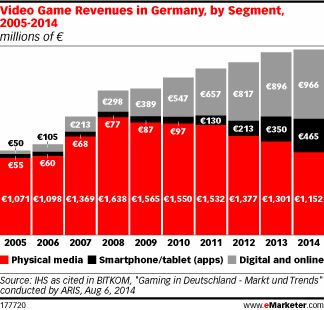
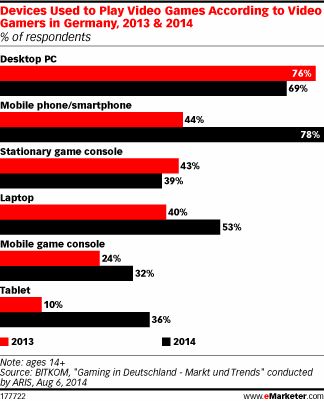

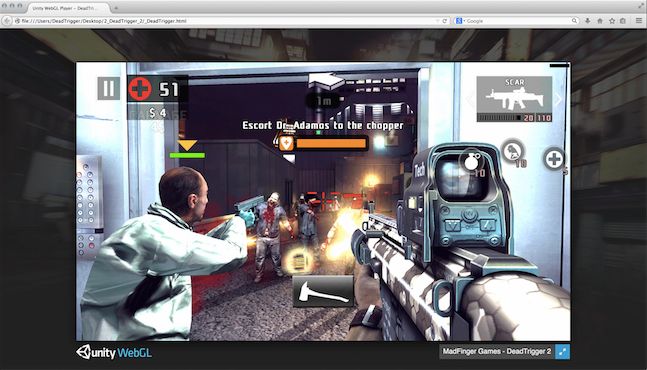
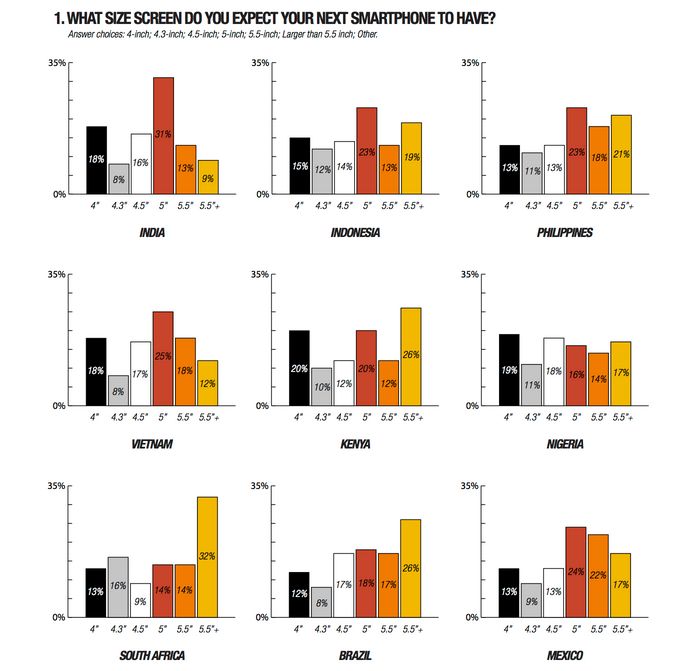
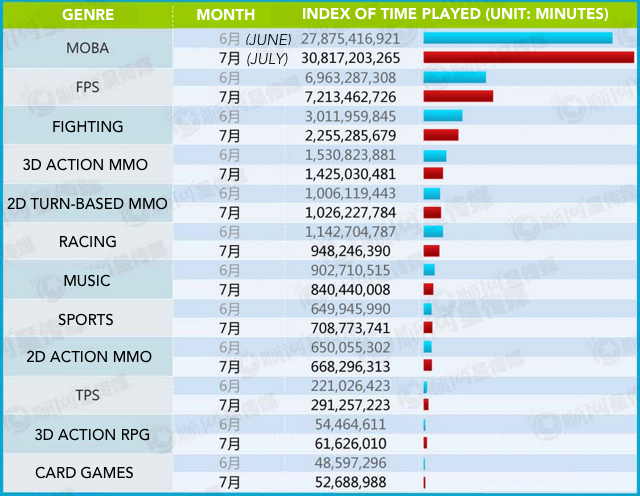 Photo Courtesy of Games in Asia
Photo Courtesy of Games in Asia